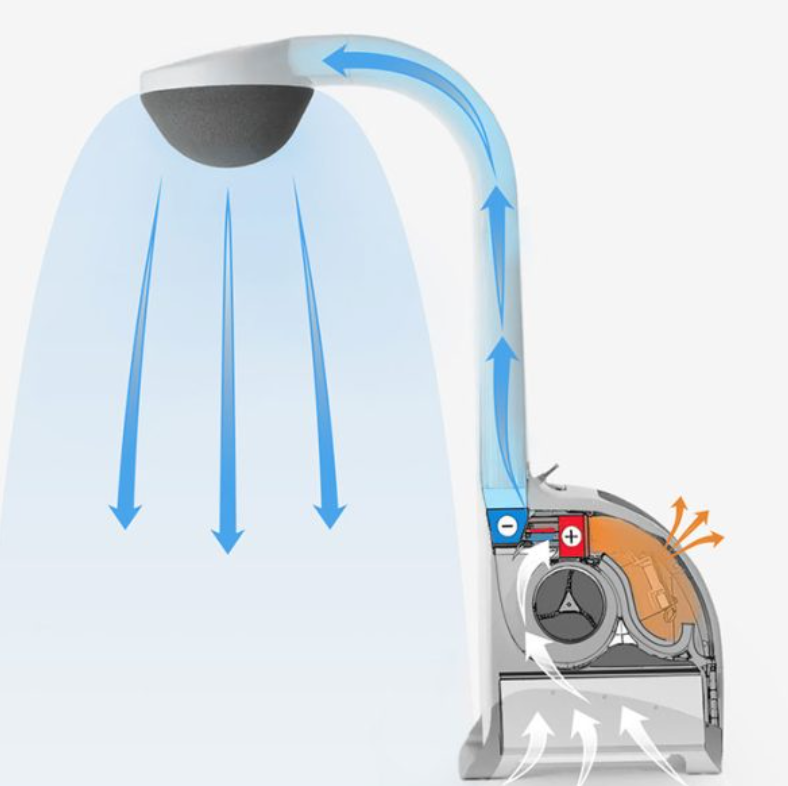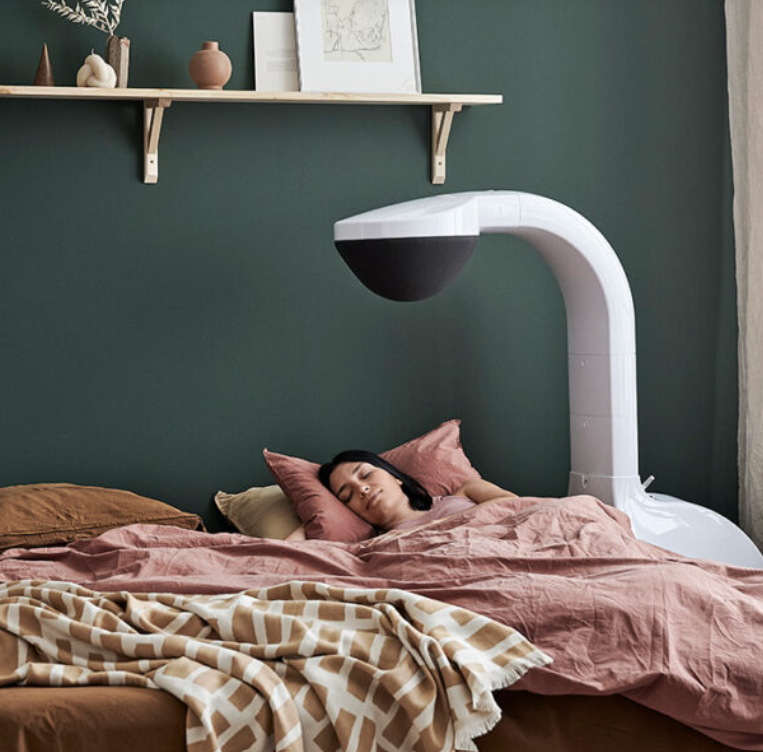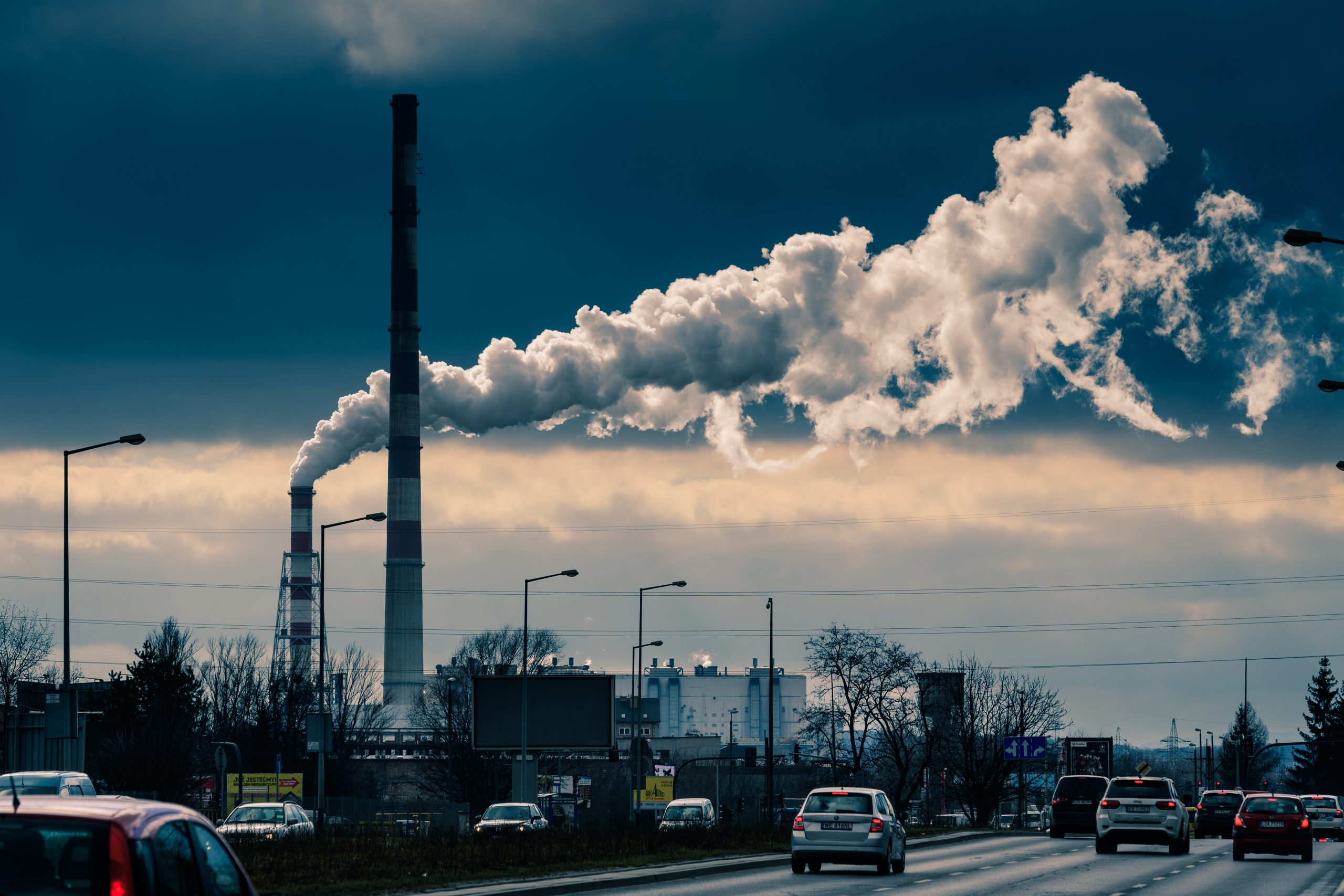Specific help for asthma and allergy sufferers
Specific help for asthma and allergy sufferers
In our article “Air Quality in the Operating Room”, we described a new technology to produce laminar air flow called Opragon. Opragon by Avidicare creates a clean air flow from the ceiling to the floor by creating a 3 degree temperature difference, which causes clean, filtered air to flow downwards, enveloping the entire operating room in clean air. Now, the sister company AirSonett has produced a device which can drastically improve the lives of asthma and atopic dermatitis sufferers using the same technology. Airsonett Air4 uses the unique and patented technology Temperature-controlled Laminar Airflow (TLA) to control a flow of lightly cooled, filtered clean air towards the breathing zone. The filtered air sinks with the help of gravity and pushes away the particle- and allergen-rich air from the breathing zone. In this way, at least 99.5% of all particles larger than 0.5 μm are blocked from reaching your breathing zone when you sleep.(Airsonett Air4)
Asthma can often be exacerbated by the allergens in bedclothes and bedding, which are skin dander and dustmites. Movement in bed and a person’s body heat stir up these allergens, bringing them into their breathing zone. Many people think that adding an air purifier to the room will help, but in fact air cleaners try to do too much–they attempt to purify the whole room, when all that’s needed is to purify the air in the breathing zone. According to clinical trials, TLA has proven to be one hundred times more effective compared to air purifiers. (Airsonett Air4)
The machine works by drawing in air from the room under its base through a large HEPA filter. The air passes through the fan and is then separated into cool and warm air streams. The warm air stream is discharged through the back of the unit, while the slightly cooler air is moved up through the neck of the machine to the port above the sleeping person, to deliver cool air that drifts down over their breathing zone. Since the required temperature difference to cause downdraft is small (about 3 degrees F), the unit can employ a Peltier module to cool the air, which is quiet and efficient. Peltier modules work by passing a DC current through them, causing one side of the unit to heat up, and the other to cool down below room temperature. Peltier modules are well suited for small cooling or heating loads, and in places where circulating liquids are not desirable (like computers). The power consumption of the whole unit (fan, cooling and electronics) is 60W.
Source: Airsonett Air4
This device is pricey (one medical equipment company quotes it at $88 per month for a 5 year lease), but the ease of use, efficacy, and improvement of condition may be worth it for certain individuals. In these cases, insurance may go a long way to being able to use one in your home. For sure, there are no encumbrances like masks or tubes to deliver clean air, can be operated 24/7, and it can be situated in different areas of the home (over the bed for sleeping, or over a chair or desk for working) because the height is adjustable from 46-55 inches. Airsonett Air4 is normally prescribed through a pediatrician, allergist, pulmonologist or dermatologist, as it is important that you are diagnosed and receive correct treatment. However, it is also possible to rent or buy Airsonett Air4 directly through the company.
Source: Airsonett Air4




